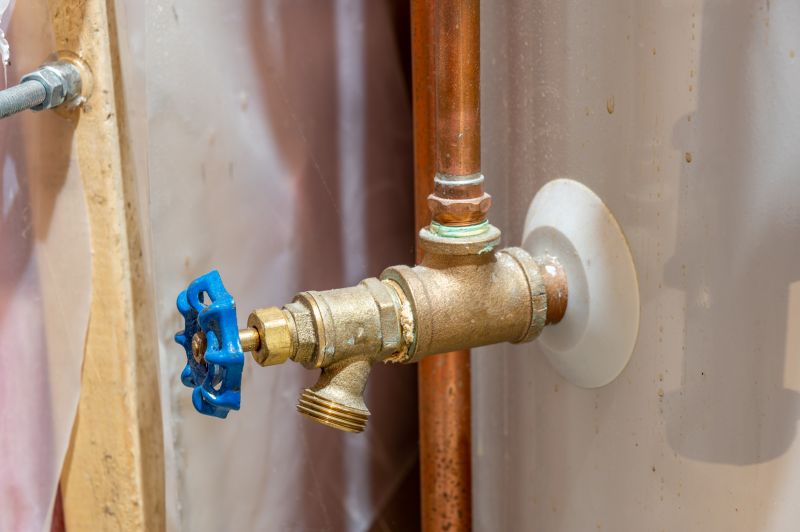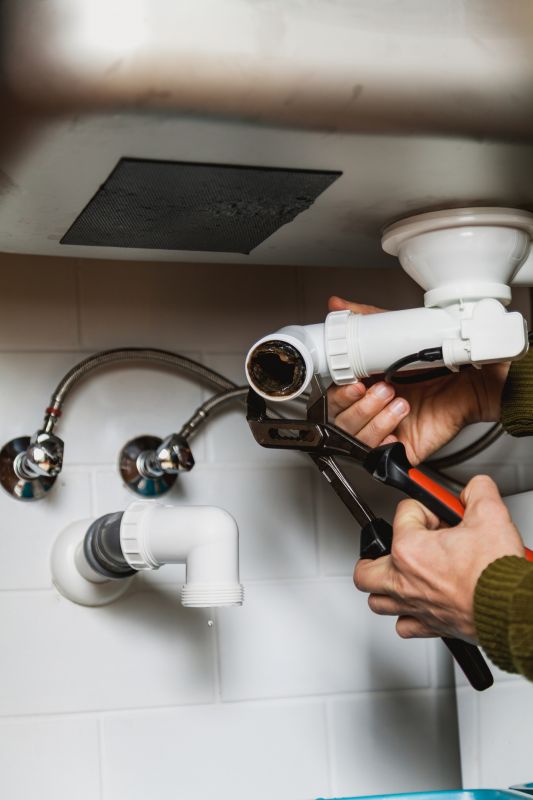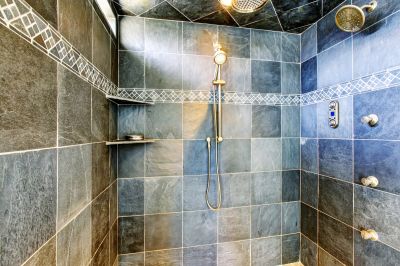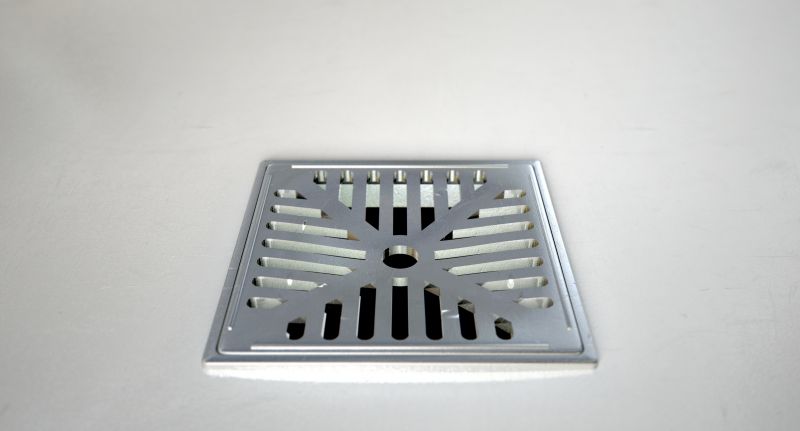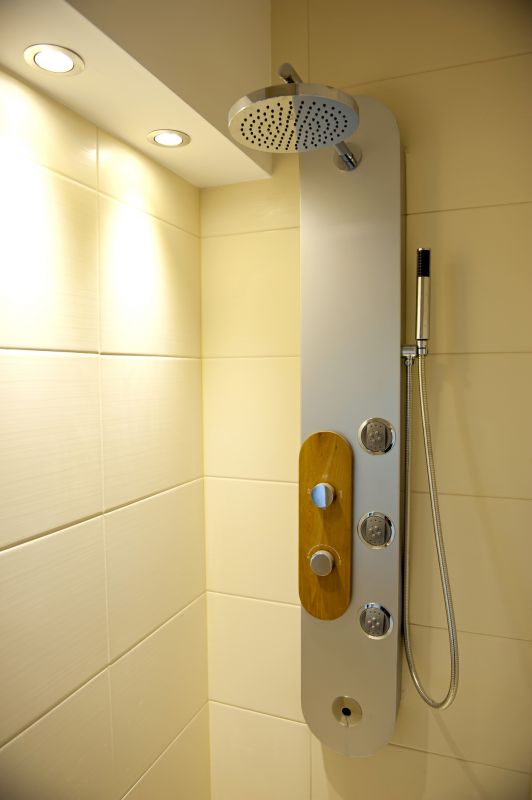Shower Drain Installation Techniques
Welcome to Aberdeen Showers
Shower Drain Installation Techniques
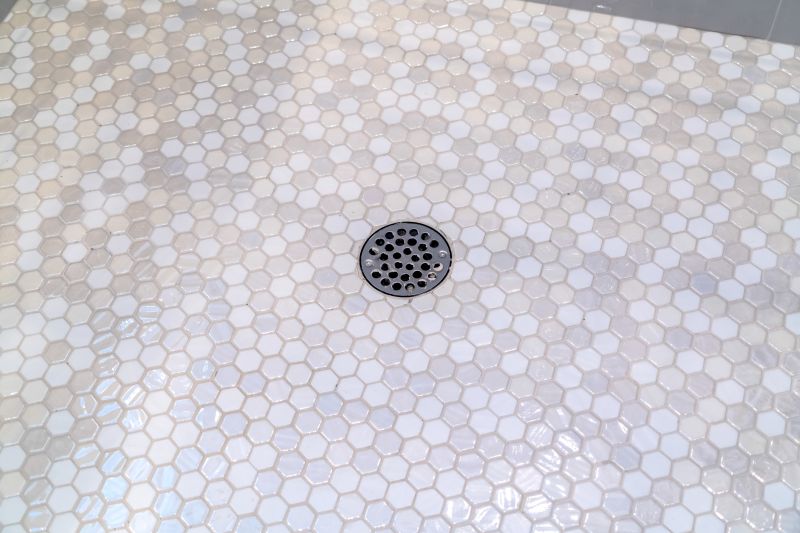
Exploring Shower Drain Installation Techniques for Homeowners
Shop for Shower Drain Installation Techniques
When considering a bathroom renovation or new installation, selecting the right shower drain is crucial for both functionality and aesthetics. Homeowners have various options to explore, each with unique attributes that can significantly impact the overall performance and look of the shower area.
Shower drains come in different materials, including stainless steel, brass, and PVC. Stainless steel is popular for its durability and resistance to rust and corrosion. Brass offers a classic look with excellent longevity, while PVC is often chosen for its affordability and ease of installation.
Finish options also play a vital role in the decision-making process. Common finishes include brushed nickel, chrome, and oil-rubbed bronze, each offering a distinct appearance. The finish should complement other bathroom fixtures to create a cohesive design.
Dimensions are another important consideration. Standard shower drains typically range from 2 to 4 inches in diameter, but larger or custom sizes may be necessary for specific shower designs. Ensuring compatibility with the shower base and plumbing is essential to avoid installation issues.
Linear Drains
Linear drains offer a sleek, modern look and can be positioned at the shower entrance or along a wall. They provide excellent drainage for larger shower areas and are ideal for barrier-free designs.
Center Drains
Center drains are traditional and commonly used due to their straightforward installation. They are typically placed in the middle of the shower floor, allowing for even water distribution.
Tileable Drains
Tileable drains can be covered with matching shower floor tiles, creating a seamless look. This option is ideal for homeowners seeking a minimalist aesthetic.
Installation methods vary based on the type of drain chosen. Compatibility with existing plumbing and shower base design is critical. It is recommended to ensure that the drain selected matches the slope and waterproofing requirements of the shower floor.
Maintenance and upkeep are also key considerations. Drains with removable grates or strainers make cleaning easier, helping to prevent clogs and maintain efficient drainage. Regular inspection and cleaning will ensure the longevity of the shower drain system.
- Material: Stainless steel, Brass, PVC
- Finish: Brushed Nickel, Chrome, Oil-Rubbed Bronze
- Dimensions: 2 to 4 inches (standard)
- Types: Linear, Center, Tileable
- Installation: Compatibility with plumbing and shower base
| Attribute | Options |
|---|---|
| Material | Stainless Steel, Brass, PVC |
| Finish | Brushed Nickel, Chrome, Oil-Rubbed Bronze |
| Dimensions | 2 to 4 inches |
In summary, selecting the right shower drain involves careful consideration of materials, finishes, dimensions, and installation compatibility. By understanding these factors, homeowners can make informed decisions that enhance both the functionality and style of their bathroom spaces.
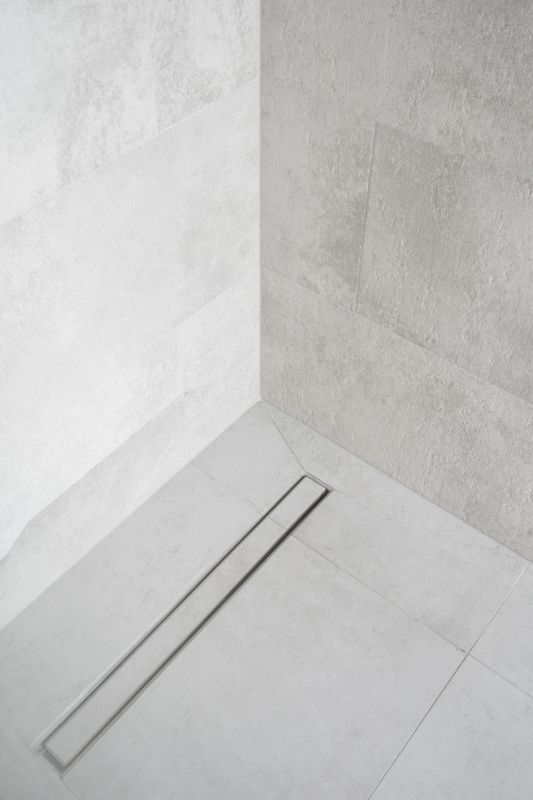
Linear Drains
Sleek, modern drains positioned at shower entrance or wall, ideal for barrier-free designs.
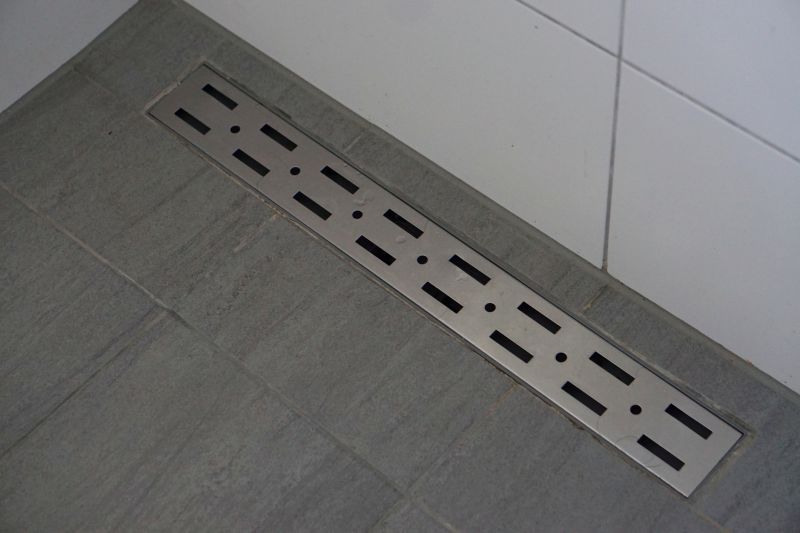
Center Drains
Traditional drains placed in the middle of the shower floor for even water distribution.
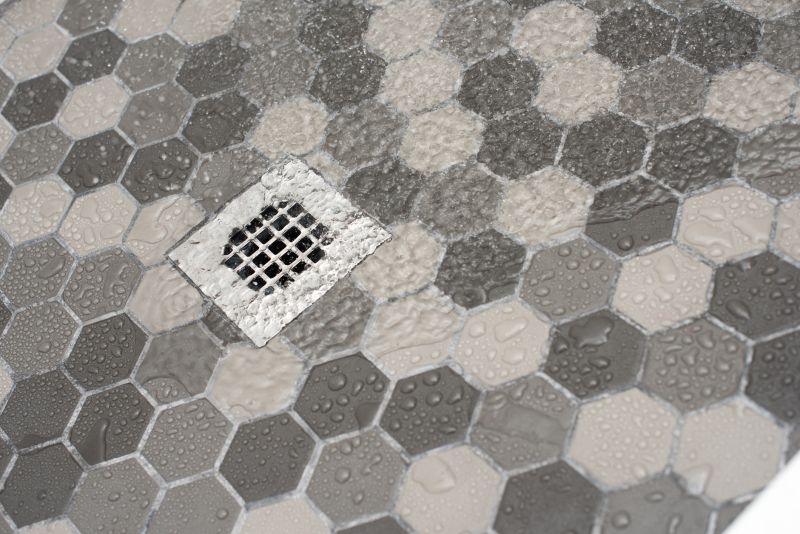
Tileable Drains
Drains covered with matching tiles for a seamless, minimalist shower floor look.
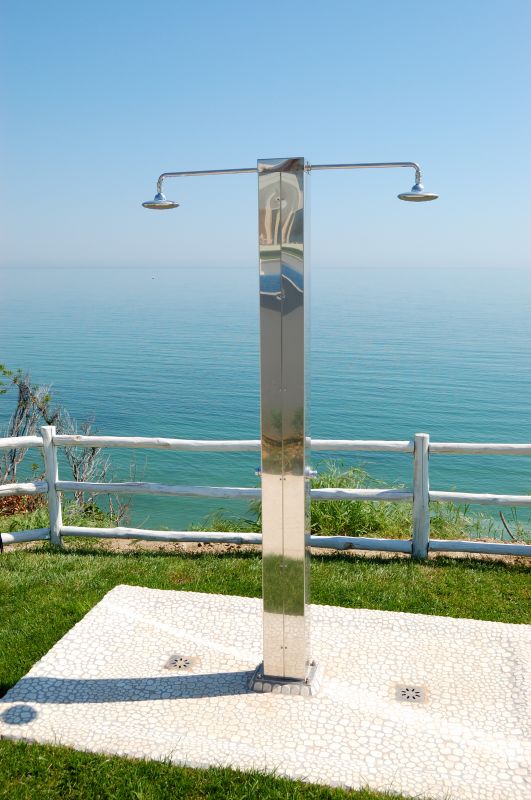
Stainless Steel Drains
Durable, rust-resistant drains offering longevity and a modern aesthetic.
Choosing the Right Materials for Shower Drain Installation
Shop for Shower Drain Installation Techniques
Features and Compatibility of Different Drain Materials
When considering shower drain installation, selecting the appropriate materials is crucial to ensure longevity and functionality. The choice of materials impacts not only the aesthetic appeal but also the performance and maintenance of the drainage system. Homeowners should evaluate various material options to align with their bathroom design and practical needs.
Stainless steel is a popular choice for shower drains due to its durability and resistance to corrosion. It offers a sleek, modern look that complements contemporary bathroom designs. Stainless steel drains are easy to clean and maintain, making them a practical option for busy households. However, it is important to ensure compatibility with the shower base to prevent any installation issues.
Another common material is PVC, which is valued for its affordability and ease of installation. PVC drains are lightweight and resistant to chemical corrosion, making them suitable for various water conditions. They are available in different sizes and configurations, allowing for flexibility in design. However, they may not offer the same level of durability as metal options.
Brass is another material that is often used for shower drains. Known for its robust nature and resistance to rust, brass provides a classic look that can enhance traditional bathroom styles. It is important to note that brass requires regular polishing to maintain its appearance, which may be a consideration for some homeowners.
Cast iron is a less common choice but is appreciated for its strength and longevity. It is particularly suitable for high-traffic bathrooms where durability is a priority. Although heavier and more challenging to install, cast iron drains can provide decades of reliable service with minimal maintenance.
Stainless Steel
Durable, corrosion-resistant, and easy to clean, ideal for modern bathrooms.
PVC
Affordable, lightweight, and resistant to chemical corrosion, offering design flexibility.
Brass
Robust and rust-resistant, with a classic appearance, requires regular polishing.
Cast Iron
Strong and long-lasting, suitable for high-traffic areas, though heavier and more challenging to install.
| Material | Finish | Dimensions |
|---|---|---|
| Stainless Steel | Polished | Varies |
| PVC | Matte | Varies |
| Brass | Brushed | Varies |
| Cast Iron | Enamel | Varies |
- Consider material compatibility with the shower base.
- Evaluate the ease of maintenance and cleaning.
- Assess the aesthetic fit with the overall bathroom design.
- Determine the expected lifespan and durability requirements.
Ultimately, the choice of shower drain materials should be guided by a balance of aesthetic preferences, practical needs, and long-term maintenance considerations. By carefully evaluating the options, homeowners can ensure a successful installation that meets their functional and design expectations.
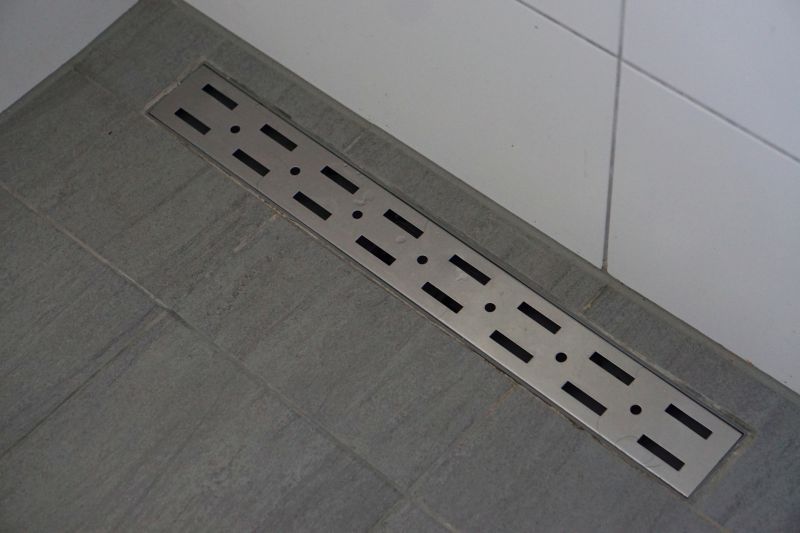
Stainless Steel Drain
Durable and corrosion-resistant, ideal for modern bathrooms with easy maintenance.
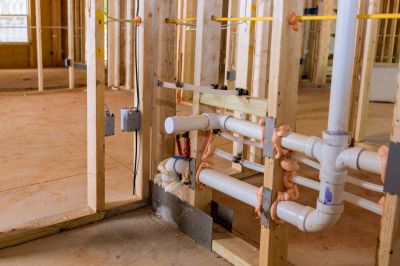
PVC Shower Drain
Lightweight and affordable, offering design flexibility and chemical resistance.
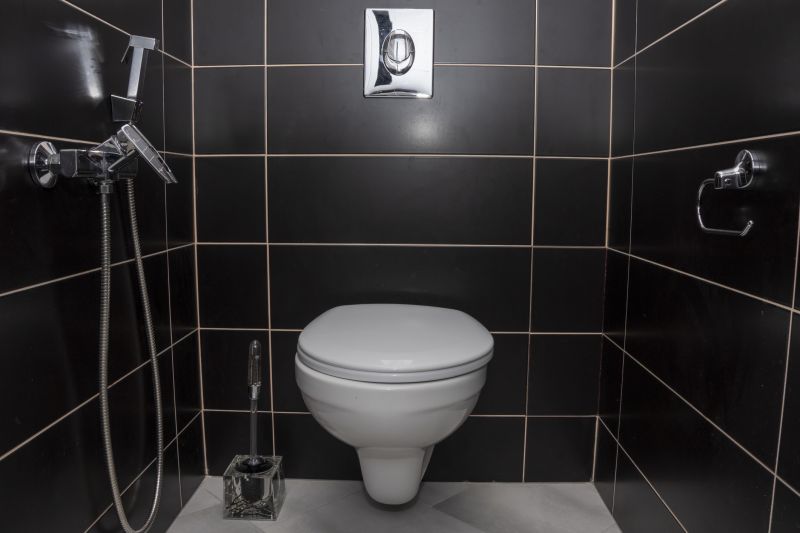
Brass Shower Drain
Robust and rust-resistant, with a classic look requiring regular polishing.
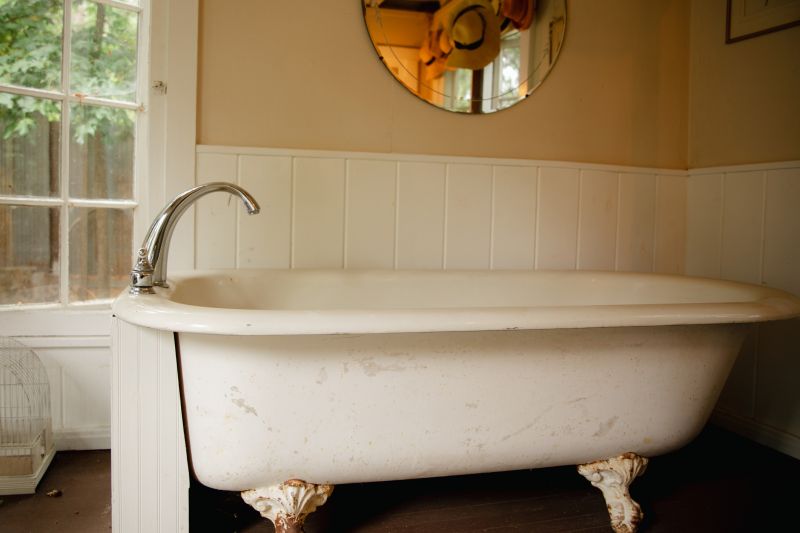
Cast Iron Drain
Strong and long-lasting, suitable for high-traffic areas, heavier to install.
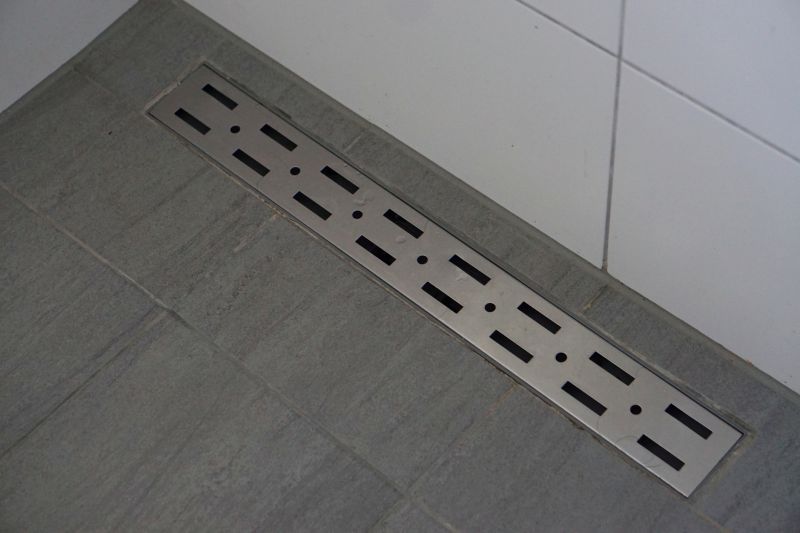
Maintenance and Upkeep of Installed Shower Drains
Shop for Shower Drain Installation Techniques
Ensuring Longevity and Functionality of Shower Drains
Maintaining a properly functioning shower drain is essential for the overall health of your bathroom. Regular upkeep not only prevents clogs and water damage but also enhances the longevity of the drain system. Homeowners should be familiar with the materials and finishes of their installed shower drains, as these factors influence maintenance needs. Common materials include stainless steel, brass, and PVC, each offering distinct benefits in terms of durability and resistance to corrosion.
Stainless steel drains are popular for their sleek appearance and resistance to rust, making them a low-maintenance option. Brass, known for its durability, offers a classic look and is highly resistant to corrosion, though it may require occasional polishing to maintain its finish. PVC drains are valued for their affordability and ease of installation, though they may not offer the same aesthetic appeal as metal options.
Homeowners should regularly inspect their shower drains for signs of wear, such as discoloration or slow drainage. Clearing hair and soap scum from the drain cover can prevent blockages. Additionally, using a mild cleaning solution can help maintain the appearance and functionality of the drain without damaging the finish.
When considering shower drain options, homeowners should evaluate the compatibility of the drain with their existing plumbing system. This includes ensuring that the drain size and type align with the shower base and plumbing connections. Properly fitted drains reduce the risk of leaks and water damage.
For those seeking to customize their shower experience, various features and options are available. These include decorative grates, adjustable height settings, and integrated odor traps. Selecting the right combination of features can enhance both the functionality and aesthetic appeal of the shower area.
Stainless Steel Drains
Durable and rust-resistant, ideal for modern bathrooms.
Brass Drains
Offers a classic look with high corrosion resistance.
PVC Drains
Affordable and easy to install, suitable for various setups.
- Stainless Steel: Sleek and rust-resistant
- Brass: Durable with a classic finish
- PVC: Cost-effective and versatile
- Adjustable Height: Customizable for different shower bases
- Decorative Grates: Enhance aesthetic appeal
| Attribute | Description |
|---|---|
| Material | Stainless Steel, Brass, PVC |
| Finish | Polished, Brushed, Matte |
| Dimensions | Varies by model |
By understanding the materials and features available, homeowners can make informed decisions about their shower drain installations. Regular maintenance and proper selection can significantly extend the life of the drain, ensuring a functional and aesthetically pleasing bathroom environment.
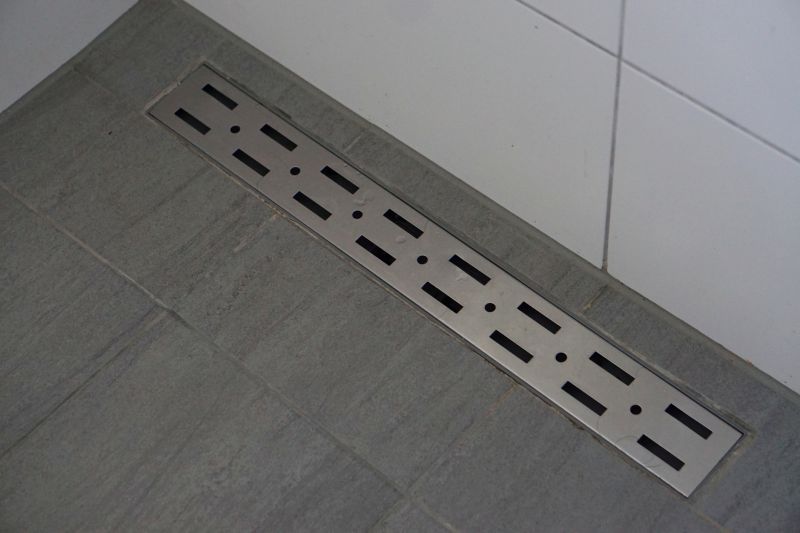
Stainless Steel Drains
Durable and rust-resistant, ideal for modern bathrooms.
